What is Vertical Tillage? 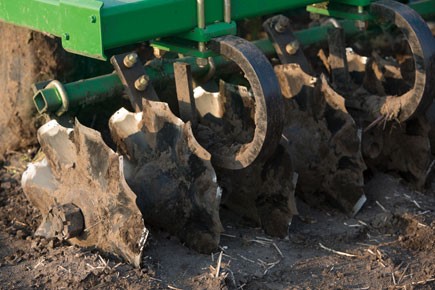 Although the concept of vertical tillage has been around for a couple decades now, there is still a lot of confusion about what exactly vertical tillage is. Not helping is the fact that every manufacturer seems to address it a little differently. So, to help clear up any confusion, here’s our take on vertical tillage:
Although the concept of vertical tillage has been around for a couple decades now, there is still a lot of confusion about what exactly vertical tillage is. Not helping is the fact that every manufacturer seems to address it a little differently. So, to help clear up any confusion, here’s our take on vertical tillage:
How it started
Vertical tillage got its start in the late 1990s when Summers engineers worked with a South Dakota farmer who couldn’t get his spring planting completed because a thick mat of no-till soybean residue prevented the wet soil from drying out beneath. None of the existing tillage products on the market seemed to handle the situation well, so we developed a new tool with two gangs of coulter blades traveling inline with the direction of travel to cut the residue and allow the seedbed to dry. The new tool was called the Supercoulter, and it became the start of a huge trend in both spring and fall tillage.
What it is
At Summers, we define vertical tillage as a tool that enters and exits the soil on a vertical plane. That means concave blades or any other blades that do not maintain a straight line of travel through the soil are not true vertical tillage because they move soil horizontally, which can create negative effects like hardpan and smearing.
Vertical tillage is beneficial for cutting and sizing residue, while mixing it with the soil. This helps to convert the residue into organic matter for healthier soils. It can also help warm and dry the seedbed in the spring to create a more uniform and receptive seeding environment.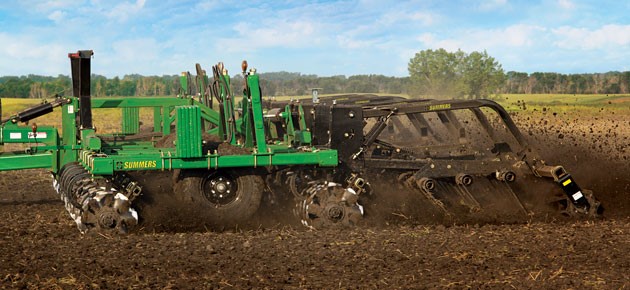
Additionally, true vertical tillage “scores” the soil, similar to cutting glass, to naturally fracture the soil. This fracturing helps eliminate soil layers so that roots can explore the soil profile more freely to access nutrients and moisture. It also provides a path for moisture to enter the soil. The moisture pathway is especially beneficial on hilltops, helping them to absorb rainfall, rather than having it run off onto lowlands
Depending on a farmer’s needs, a vertical tillage tool can often be equipped with different blade types. Straight blades, for example, provide the best cutting properties but don’t move much soil. Wavy or turbo blades are available for those who want more soil movement.
Despite all the benefits, vertical tillage isn’t for everybody. Sometimes heavy residue and other conditions are better handled with more aggressive tillage that will move more soil and increase the blackening effect on the field finish. Vertical tillage also isn’t ideal for killing deep-rooted weeds, so it may not be practical for organic and other farming operations that rely on mechanical weed control.
For farming operations in which vertical tillage is appropriate, however, many studies have shown increased yields with its use. Not to mention, a lot of farmers who have switched from conventional tillage to vertical tillage experience much less soil erosion as well. It’s a win-win for your farm and your soil health.






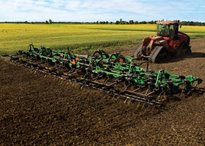
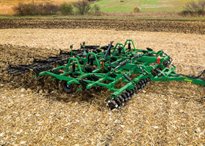
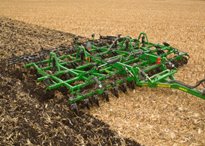
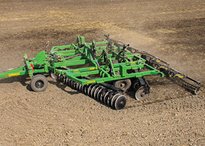
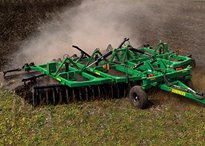
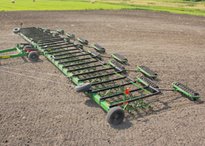
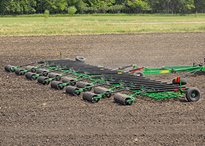
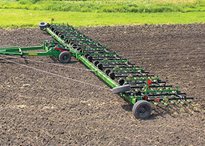
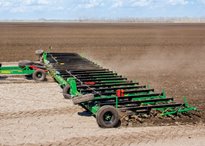
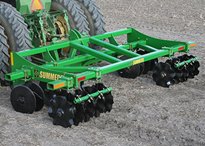
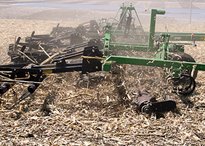
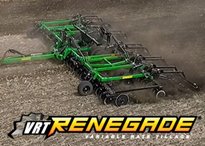
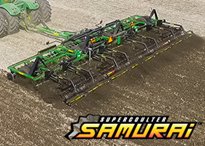

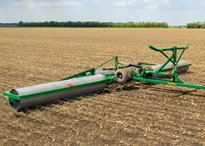
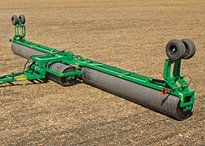
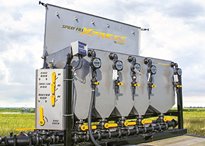


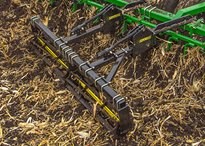
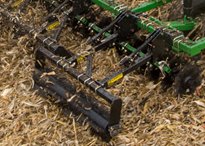
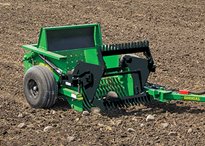
 Hats, Diecast Models, Gloves and More!
Hats, Diecast Models, Gloves and More!
 Library
Library